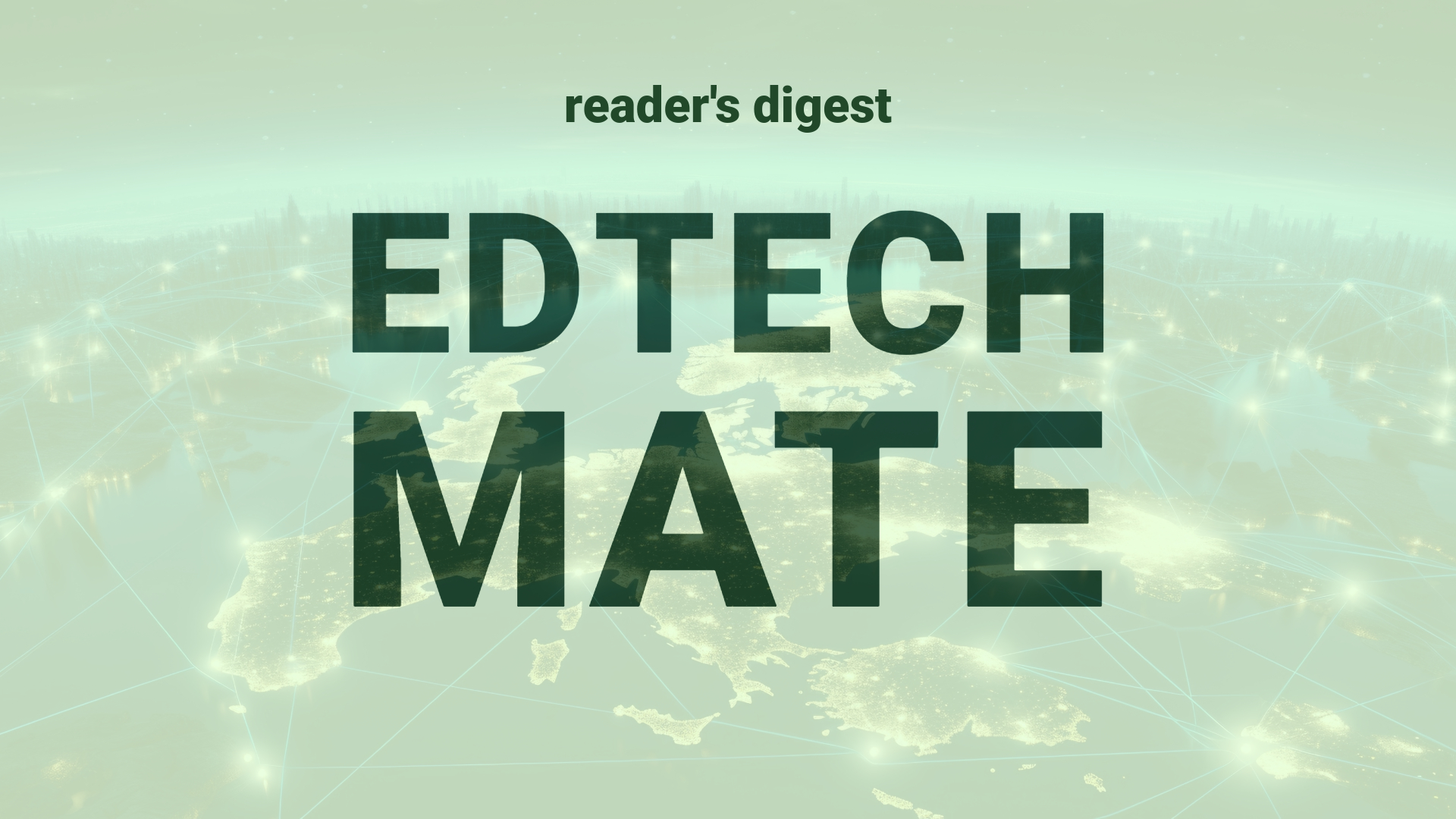Executive Summary and Main Points
The integration of IBM Z Digital Integration Hub (zDIH) with Azure offers real-time data flow between on-premise mainframe applications and cloud-based solutions without disrupting service-level agreements. The key innovation lies in the ability to optimize information exchange through an in-memory curation process, reducing the need to move raw data. The zDIH’s compatibility with event-based frameworks, such as Kafka, and its provision of open standard-based APIs, accelerates digital transformation. By addressing challenges like information currency, event-based integration, and maintenance of transactional order, IBM zDIH empowers industries like banking to leverage high-value mainframe data in real-time for various applications.
Potential Impact in the Education Sector
The implications for Further Education and Higher Education are profound; IBM zDIH can enhance the management and analysis of vast amounts of educational data, improving decision-making and student services. For Micro-credentials, zDIH can offer a seamless connection between credentialing systems and external services. The strategy of hybrid-multilevel architecture bolsters the innovation in teaching, learning, and administrative operations. Digitalization and strategic partnerships between technology providers and educational institutions are central to harnessing these benefits.
Potential Applicability in the Education Sector
Innovative applications include the utilization of AI and other digital tools for predictive analytics in student performance, personalized learning experiences, and efficient educational resource management. For global education systems, IBM zDIH introduces possibilities for interoperability between institutions and enhanced security and privacy of educational records, supporting international student mobility and global collaborations in research and development.
Criticism and Potential Shortfalls
A critical analysis highlights concerns regarding the complexities of integrating legacy systems with modern cloud architectures. There may be discrepancies in perceived value and actual real-world application efficiency. Cultural and ethical considerations extend to data privacy and the need to comply with international regulations. Comparative case studies would provide deeper insights into adaptation and scalability challenges faced by different educational systems globally.
Actionable Recommendations
International education leadership should consider phased implementation strategies to integrate IBM zDIH into existing IT ecosystems. Pilot programs can test the effectiveness of real-time data sharing in specific applications like enrollment processes and research data analysis. It is recommended to foster public-private partnerships to mitigate costs and risks, and to ensure comprehensive staff training on new systems. A focus on robust data governance policies will address any security and ethical concerns.
Source article: https://techcommunity.microsoft.com/t5/azure-migration-and/realtime-information-sharing-between-z-os-applications-and-azure/ba-p/4113289

